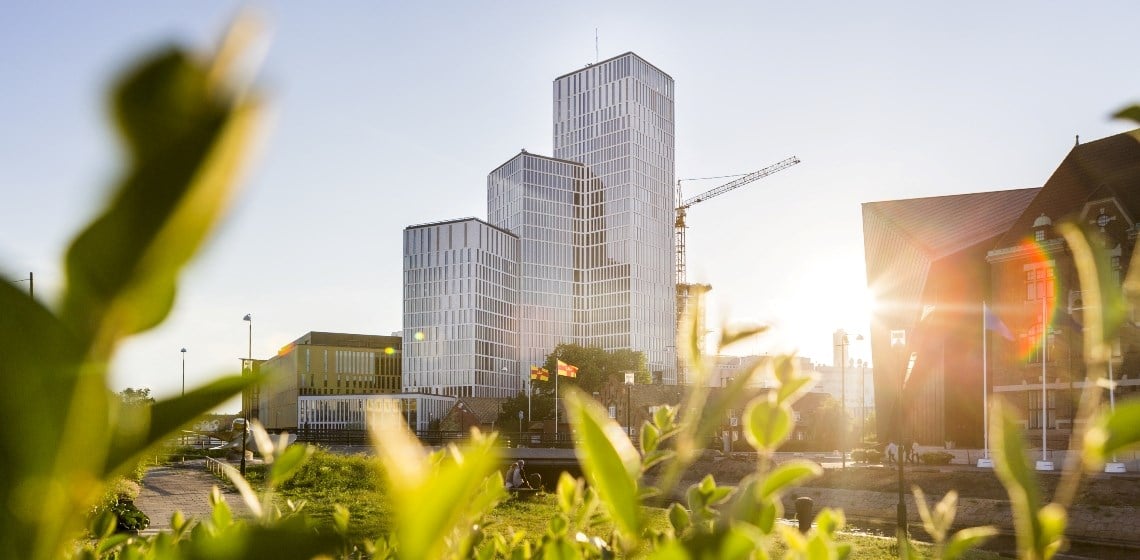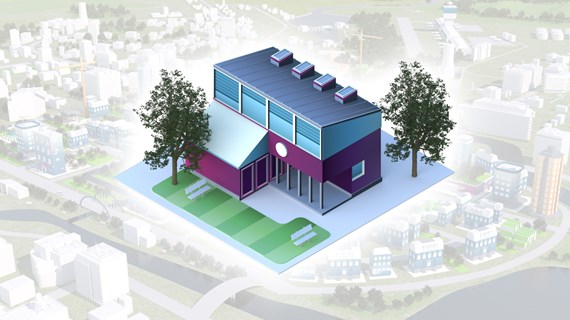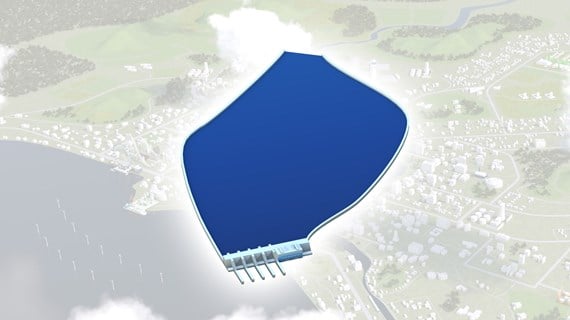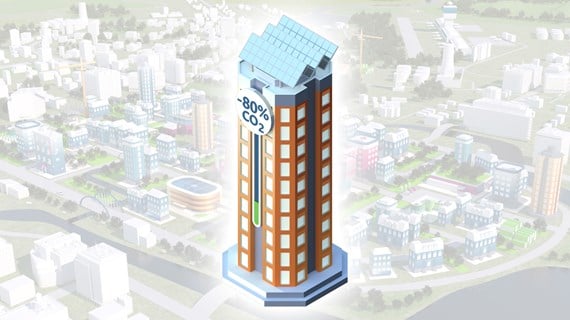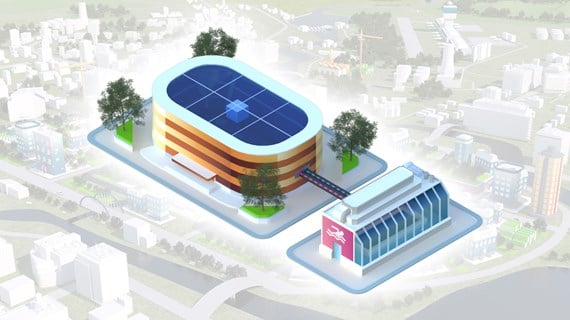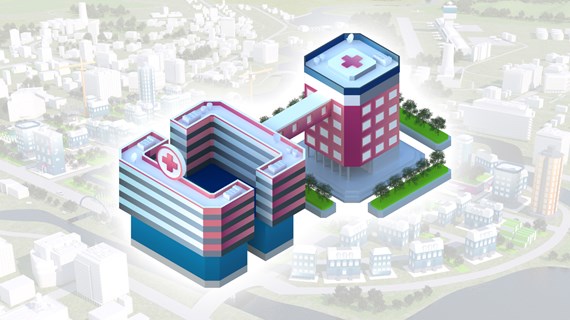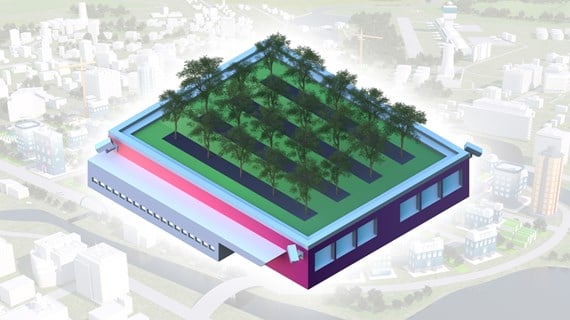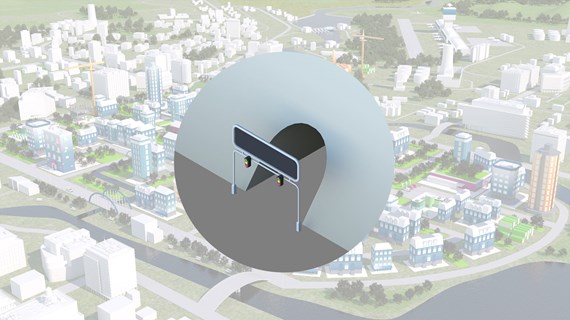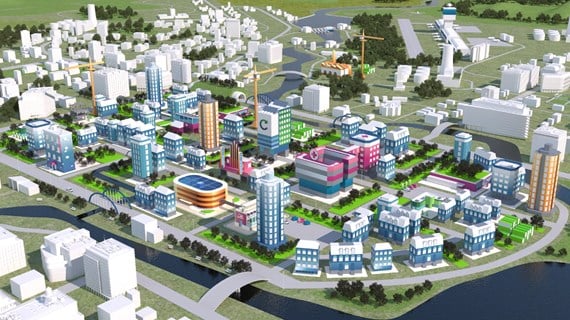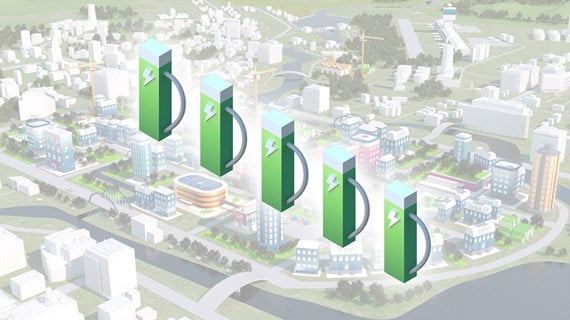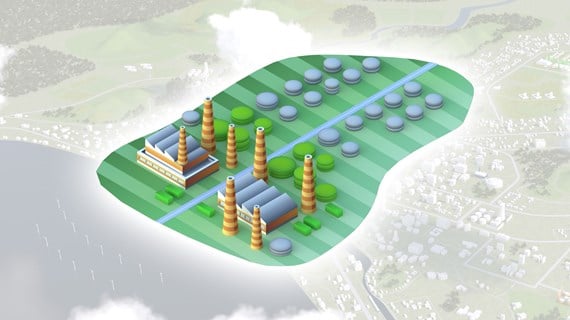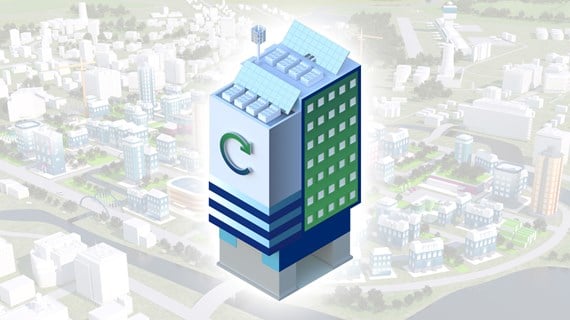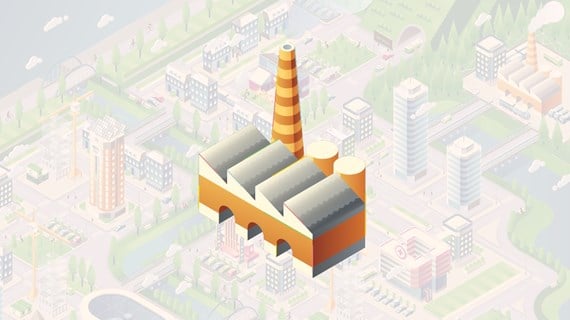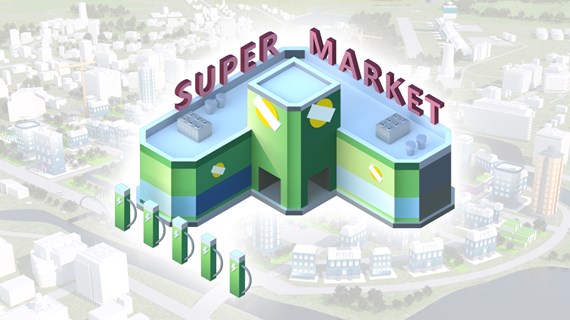The successful lifecycle of your building starts before breaking ground
In a modern building construction proejct, the right planning ensures that the building becomes as smart and sustainable as possible. As buildings are often the second largest cost for business, it is important to take future requirements of operation and maintenance into account.
Smart buildings are planned for their entire lifecycle
Property Owners
Due to tightening regulation and public opinion, property owners and occupants are increasingly focusing on the environmental impact of their buildings.
Investors
Investors are looking for development projects that are sustainable before they finance them.
Lifecycle Approach
Applying a lifecycle approach to the construction project is a smart investment in both the short and long term.
Project visualisation with building information modelling
Understand how Building Information Modelling works in practice:
In large building projects, there are often dozens of suppliers working simultaneously on ever-changing, but interdependent project plans. This easily leads to misalignment, dissatisfaction, delays in execution and possibly even cost explosions. Make sure this does not happen to your project by implementing Building Information Modeling (BIM).
BIM provides a digital model of your building with all the physical and functional characteristics. It will enable you to have a real-time visual interpretation of the building, run simulations, enhance communication and recognise potential clashes in advance.
All the parties involved can tap into this shared knowledge resource for information about your building. This forms a reliable basis for decisions during the project and for the future operations of the building as well.
Get expert guidance from a trusted lifecycle partner
Lifecycle partnerships benefit the building's investors, occupants, and the building itself
You can save up to 30% of your annual energy and maintenance costs if you consider them in the initial planning instead of sourcing them after the building is finished. We’re so sure about this, we’ll even guarantee it.
The benefits of lifecycle agreements:
- Building users are guaranteed the same, excellent conditions for the entire lifecycle
- Sustainability: shared responsibility and emphasis on a long lifecycle
- Enhanced risk management and reduced total cost of ownership
- Smooth transfer from project to maintenance phase
- One partner throughout the entire life cycle enables service model development and true, long-term collaboration
- Ability to focus on your core competence and leave the responsibility of your building to specialists
- Ensures long-term “Best for the building” decisions and enables the use of best technology and innovations available
- Transparency throughout the whole project chain
When planning your building, your first call should go to a partner like Caverion that can provide expert advice and independent design paired with:
- Experience in engineering
- Knowledge of all technical disciplines
- Modern digital solutions
Ask for advice on the investment and for a calculation of the entire life-cycle costs for a transparent and complete total life cycle cost (TLCO).
Building lifecycle and cost accumulation
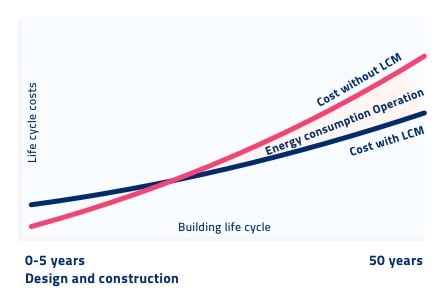
 Map
Map
